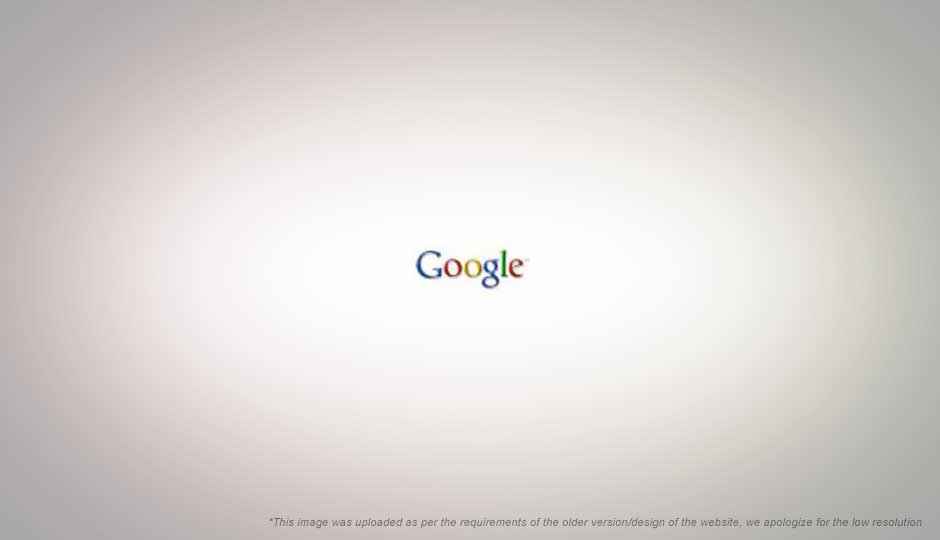Google adds lossless and transparency encoding to WebP

It has been over a year since Google first unveiled their new image format for the web, WebP, and it seems to have come a long way since then. Google released WebP with the promise of a new image format that compressed better that JPEG and produced higher quality images at the same size. Now Google has made its latest rounds of improvements that make WebP a rather serious competitor.
Not all were convinced however, due to problems with Google’s methodology. While the format is now supported by Google’s Chrome browser, and Opera as well, and is seeing growing support in image editors and viewers, its primary purpose is to be a web format, and there is still lacks the support of giants such as Mozilla and Microsoft (as yet).
Mozilla rejected the format as it stood back then, awaiting further improvements before it will be accepted as a web format. Their reasoning is solid; any new web format has to be supported by all major browsers, forever. This is a rather large burden, and should not be taken lightly. Considering the immaturity of the format it was wise to wait and see how it develops. Now might just be the time.
The latest update to the format has some rather major features to the format. First and foremost is support for lossless compression. Currently the format of choice for lossless compression on the web is PNG, however Google claims that they can get an average of 45% reduction in size compared to PNG.
Another major feature to be added to WebP’s arsenal is support for transparency, another feature of PNG. However unlike PNG, WebP allows lossy compression of images with transparency. While JPEG supports lossy compression, and PNG supports transparency, neither support both; GIF does but it has its own limitations.
This is in addition to the features announced recently: support for colour profiles, support for XMP metadata, support for animations, and support for tiling. With these new features it will be possible to have GIF-like animations, but of higher quality, with WebP.
More information about WebP is available at its page on Google Code, where you can also download the latest versions of the WebP encoder and decoders.
